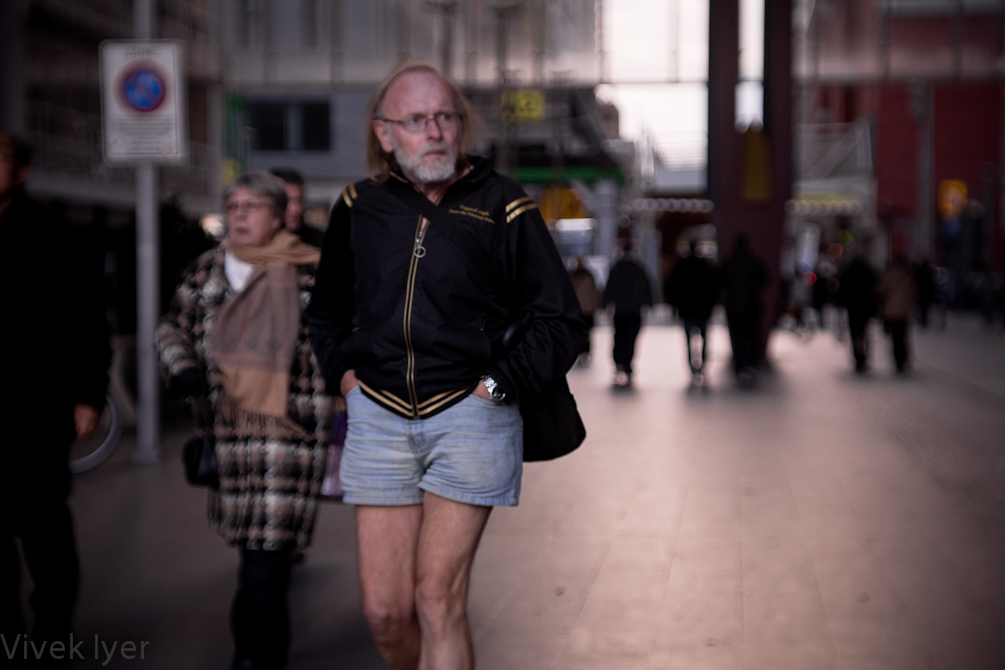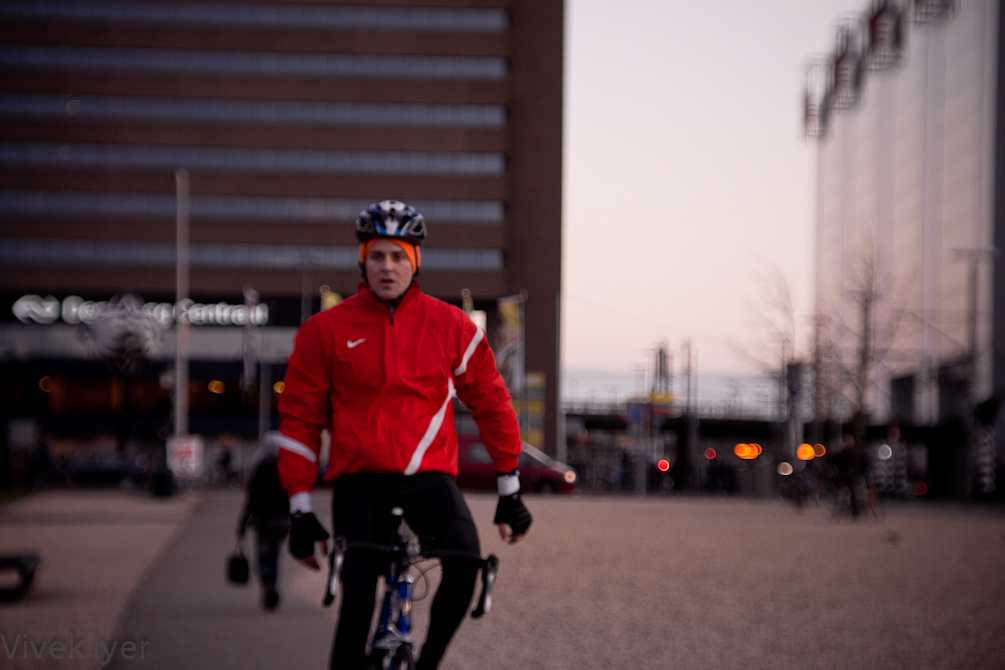Quentin_Bargate
Well-known member
..And a shallower DOF shot at the same show


Great to see you here. Join our insightful photographic forum today and start tapping into a huge wealth of photographic knowledge. Completing our simple registration process will allow you to gain access to exclusive content, add your own topics and posts, share your work and connect with other members through your own private inbox! And don’t forget to say hi!











It is purple/magenta I had battle with, Quentin (all over the frame not the corners). The AWB has serious problems with manual focus lenses (nothing to do with "symmetric" and "asymmetric" designs). No wonder Sony had put such an elaborate and versatile color correction WB possibility in the NEX-7. The "tri-navi" has a purpose but it is of not much use for me in practice.
Thanks for your kind words!
My overcast images are too blue.... I don't think the auto white balance is that great with the 7.
Get that 24mm Vivek, your images deserve it......
Quentin
Almost all my NEX-7 images are WB corrected. It is a little more work but still strange
Michiel
Hi VivekPerhaps you should read what is posted, again, Jono. We are all literate here.
Sorry Vivek - what isn't daylight? Overcast certainly is daylight.Hi Jono,
It is not daylight!
I'm not actually saying that the NEX7 is good at AWB - I'm just saying that in daylight using AWB is not the right thing to do. Maybe the GH2 does a fabulous job . . I still don't think it's the right thing to do!I have very sophisticated white balance references that cover the range from 250nm to >1500nm not just some run of the mill stuff. I have > $$ spent on them than the cost of some current Leica lenses.
Overcast conditions.
For comparison, the Panasonic GH-2 does a fabulous job. Sony- not reliable.
Sorry VivekJono, Although I am self taught when it comes to photography, I do know a few fundamentals and correctly. You need to check up on what is daylight and how it differs from overcast conditions (themselves highly variable) in photography.
The white balance reference I mentioned is way outside this discussion. It isn't a grey card and suffice to say regardless of the color temperature (I posted in wavelength), it is white and truly Lambertian
FWIW, I have a proof monitor.
Well Jono, yours are all to yellow
It really wasn't to do with the black coals (or green base material) - it was just a general 'feel' (and it doesn't apply to all of your images). As you say, it's a matter of taste - and my remark was really trying to reinforce that.I tend to put my WB on daylight or what ever is needed for the circumstances, but I could forget it sometimes.
And indeed I like to be in charge of my own colours. It is a matter of taste.
But for me it is a fact I do not touch my WB settings so much with the Ricoh and did not with the GH2.
It does not mean I don't like this camera, 'cause I do.
( BTW don't think that mountain on the left in the first photo are black coals or sand turned green, because it isn't, it is a base material for a cement factory which is greenlike in fact)
Michiel
Jono, I relish criticism and I am yet to come across someone more critical of me than myself! However, I do not wish to engage in discussions without merit.Sorry Vivek
I'm not meaning to be critical - certainly not.
. . . I'm also not trying to defend the AWB on the Sony - again, certainly not.
What I'm trying to get at (rather badly obviously) is that
1. there isn't a 'correct' white balance for any scene taken outdoors - there simply isn't.
2. That personally I would like to represent the light I see, rather than the light I ought to see!
I understand absolutely that your technical understanding of all of this stuff leaves me totally in the back seats - but I'm not sure that I agree that it's relevant with respect to white balance in outdoor scenes.
all the best
